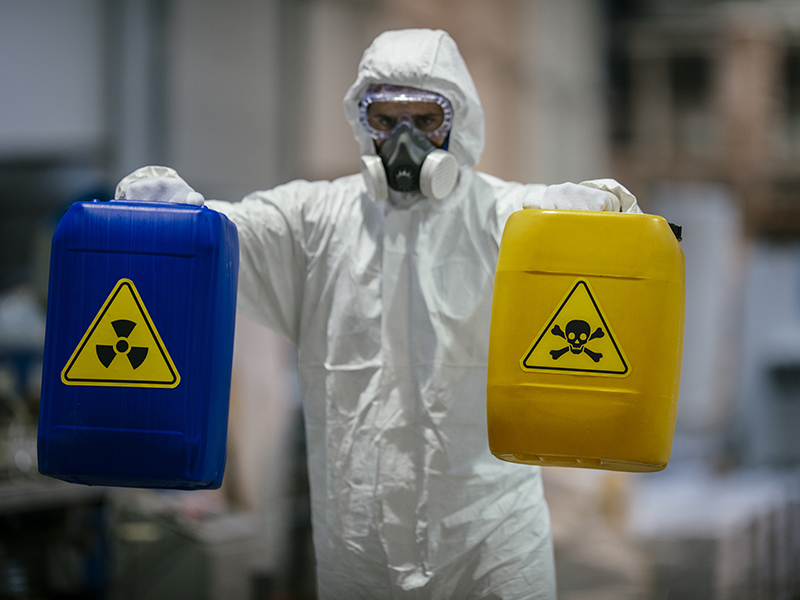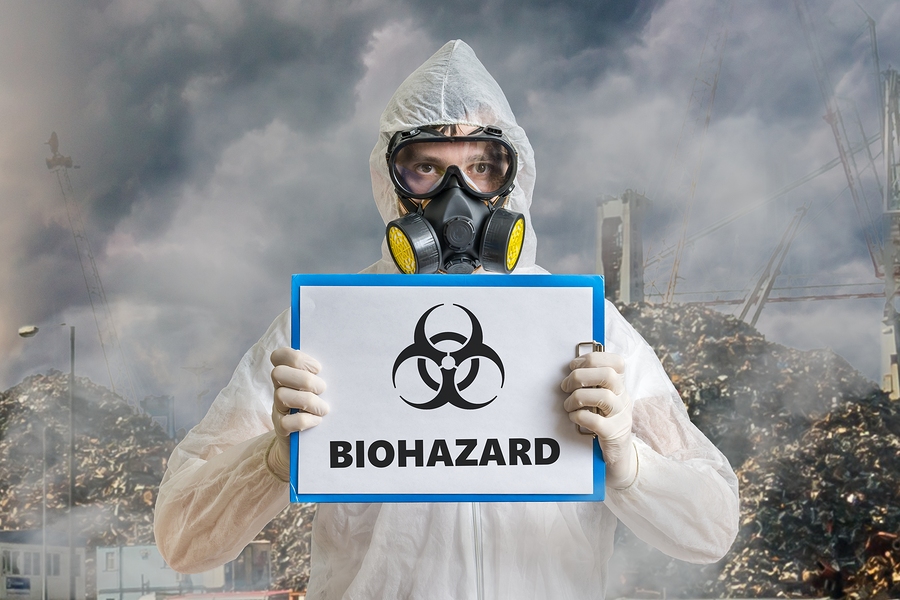Specialist Blood Cleanup: Ensuring Safe and Thorough Purification
Specialist Biohazard Cleanup for Criminal Activity Scenes, Trauma Incidents, and Infected Areas
In the realm of expert biohazard clean-up, careful interest to detail and adherence to security methods are vital. As we dig right into the details of biohazard cleanup for these sensitive atmospheres, a deeper understanding of the challenges and important procedures involved will emerge, losing light on the crucial duty of expert cleanup solutions in recovering safety and peace of mind.

Value of Biohazard Clean-up
Biohazard cleanup following criminal activity scenes and injury occurrences is crucial for making certain the safety of individuals and the setting. When these cases occur, they often leave a range of biohazards such as blood, physical liquids, and other possibly infectious materials. These compounds can harbor dangerous virus like germs and infections, posturing severe health dangers if not properly cleaned up and sterilized.
Specialist biohazard cleanup services are educated to manage these dangerous products securely and successfully. They have the required devices, such as personal protective gear and specialized cleansing representatives, to extensively sanitize the influenced areas. By entrusting the cleaning to qualified professionals, individuals can prevent exposure to hazardous virus and stop the spread of infectious illness.
Furthermore, appropriate biohazard cleaning is vital for safeguarding the atmosphere. Incorrect disposal of biohazardous products can contaminate dirt, water sources, and air, presenting a hazard to wildlife and the ecological community. By following stringent clean-up procedures, specialists can make certain that biohazards are safely removed and thrown away according to regulations, lessening the danger of ecological contamination.
Sorts Of Biohazards Encountered
Numerous dangerous products commonly encountered in criminal offense scenes and trauma occurrences existing considerable health and wellness dangers if not dealt with correctly. Blood and bodily fluids are among the most usual biohazards found in these circumstances. These liquids can carry virus such as HIV, liver disease B and C, and various other dangerous bacteria. In addition, tissues, organs, and body parts can additionally posture serious health hazards because of potential contamination.
An additional type of biohazard commonly come across is sharp things like needles, damaged glass, and other products that can cause injuries and transfer infections. Chemical dangers are also a concern, as criminal offense scenes might consist of materials like tear gas, pepper spray, or medication manufacturing materials that need customized handling and disposal treatments to prevent more damage.
Furthermore, mold and mildew and bacteria development can occur precede where disintegration or extended direct exposure to dampness has actually happened. These microorganisms can launch toxic substances and irritants into the air, posturing respiratory system risks to those revealed. In general, biohazard cleanup professionals must be qualified and well-equipped to properly take care of these various types of unsafe materials to ensure the safety of themselves and others.
Tools and Protective Gear
When attending to the crucial job of handling biohazards run into in criminal activity scenes and injury occurrences, the use read review of proper equipment and protective gear is paramount to making certain the security of individuals entailed in the cleaning process. Specialized cleaning devices like biohazard disinfectants, bags, and sharps containers are necessary for the risk-free collection and disposal of infected products. Ensuring that all devices is appropriately kept, regularly examined, and utilized according to safety and security guidelines is crucial in minimizing the threat of exposure to biohazards during cleanup procedures.
Cleanup Process and Techniques
Complete and effective clean-up of biohazardous materials from criminal activity scenes and trauma incidents calls for meticulous attention to information and adherence to stringent safety procedures. The cleaning procedure normally includes numerous vital actions. At first, the location needs to be analyzed to figure out the extent of contamination and the suitable cleaning strategies required. Next off, all biohazardous products, consisting of blood, bodily liquids, and tissue deposits, need to be meticulously eliminated and taken care of based on neighborhood regulations.
Complying with the removal of biohazardous products, the afflicted location goes through a detailed cleansing and disinfection procedure. This action involves using specialized cleansing representatives and equipment to make certain that all traces of contamination are removed. After cleansing, the area goes through extensive testing to verify that visit their website it is free and safe of any type of staying biohazards.

Decontamination and Disposal Treatments
To guarantee detailed purification and correct disposal of biohazardous products, complying with the careful cleanup procedure, certain treatments need to be thoroughly followed with stringent adherence to safety and security procedures. Purification includes the elimination or neutralization of contaminants to minimize the risk of exposure and spread of dangerous substances. This procedure typically includes cleaning, decontaminating, and disinfecting the affected area using specialized devices and EPA-approved chemicals.
When decontamination is finished, proper disposal of biohazardous materials is crucial to avoid more contamination or harm. Biohazardous waste, such as blood-soaked materials or physical liquids, should be thoroughly accumulated, packaged, and identified according to regulative guidelines. ATP testing. These products are then moved to accredited centers for disposal via ideal networks, ensuring compliance with local, state, and government regulations

Final Thought
In final thought, expert biohazard cleanup is important for making certain the effective and safe elimination of unsafe materials from criminal activity scenes, injury incidents, and infected areas. By using specialized equipment, protective gear, and complying with correct cleanup processes and methods, biohazard clean-up groups can properly sanitize and dispose of biohazards, minimizing the danger of exposure and damage to individuals and the environment.
As we delve into the intricacies of biohazard clean-up for these delicate settings, a much deeper understanding of the difficulties and critical procedures involved will arise, shedding light on the vital role of expert cleaning solutions in bring back safety and tranquility of mind.
Expert biohazard cleaning solutions are educated to deal with these hazardous materials safely and effectively. By following stringent clean-up methods, experts can make sure that biohazards are safely removed and disposed of in accordance with policies, minimizing the risk of environmental link contamination.
On the whole, biohazard cleanup professionals need to be skilled and well-equipped to properly deal with these various types of hazardous products to make sure the safety and security of themselves and others.
When addressing the essential job of taking care of biohazards run into in criminal activity scenes and trauma events, the usage of appropriate tools and safety gear is vital to making sure the safety and security of individuals included in the cleaning process.